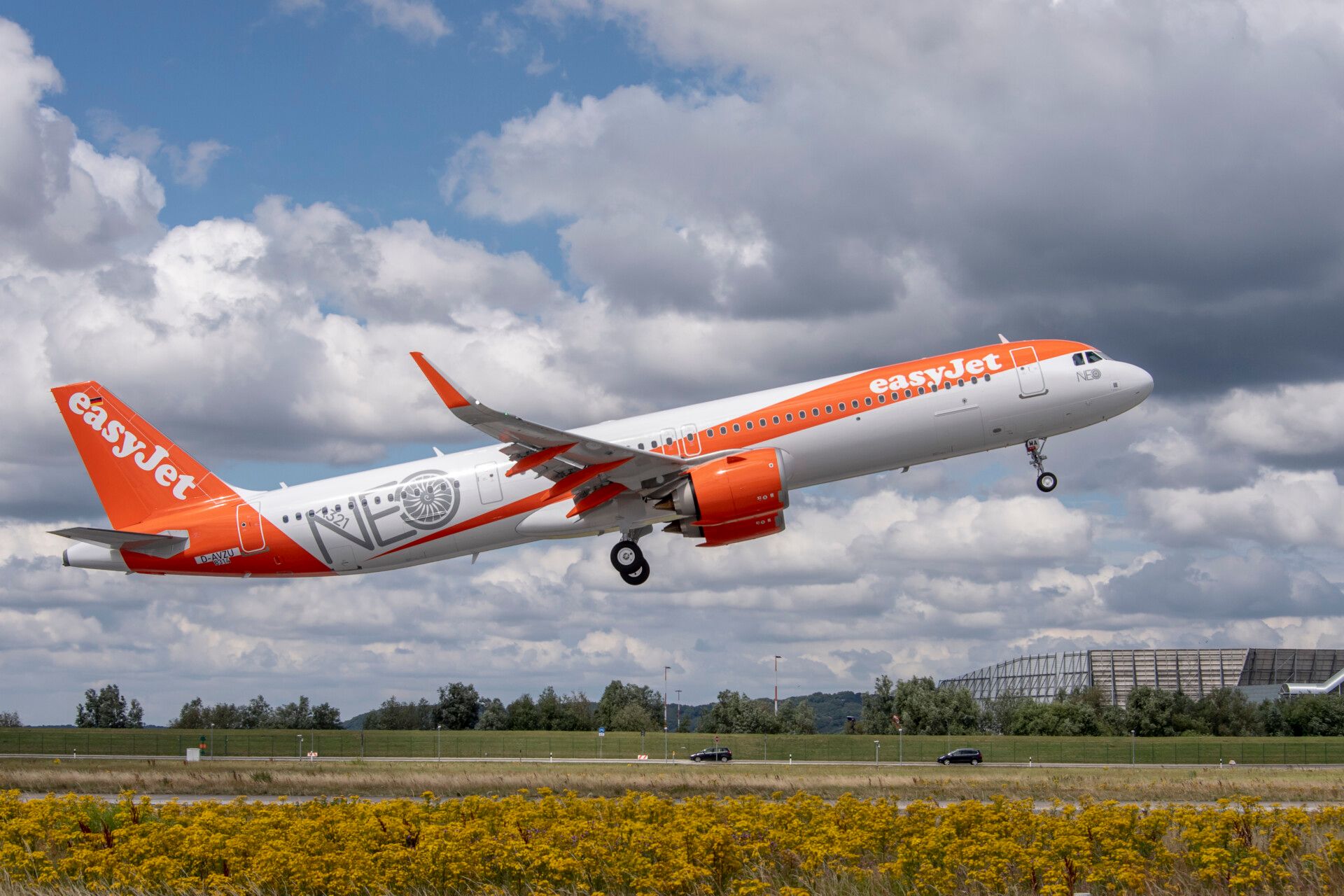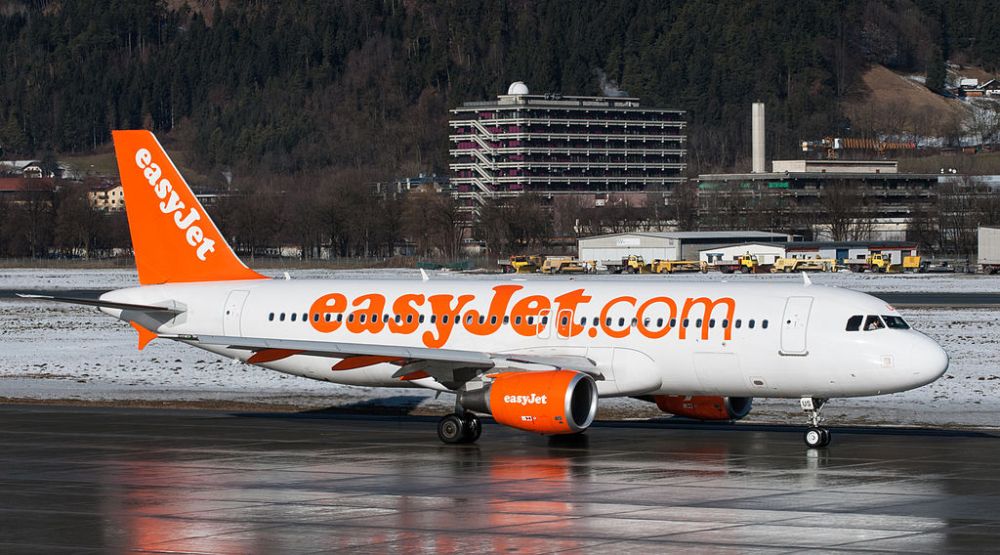After the initial shock of 2020, airlines had more of a chance to begin making some kind of a recovery in 2021. For easyJet, the diversity of the airline's network has meant that different routes have rebounded at different rates. Overall, the orange-clad low-cost carrier has found that services to leisure and domestic destinations have fared the best.
Faced with changing restrictions
easyJet has, like all UK carriers, had to face a dynamic situation regarding travel restrictions. Ahead of what could have been a busier festive period, the government altered its inbound testing requirements in response to the spread of the Omicron variant of coronavirus. This was a challenge for the industry in the run-up to Christmas.
The new rules required passengers to first take a pre-departure lateral flow test, and then a PCR within two days of their arrival. A month later, the UK has now dropped these rules, but the dynamic nature of restriction changes can make it difficult to book future trips abroad with much certainty. But exactly how has the situation affected easyJet's recovery?
Stay informed: Sign up for our daily and weekly aviation news digests.
Domestic and leisure routes faring better
easyJet's diverse point-to-point network caters to a range of travelers. Its low fares make it an attractive option for leisure passengers, while its use of major airports is also conducive to those flying for business. Speaking last month at the World Aviation Festival in London, at around the same time that the UK upped its restrictions, its CEO, Johan Lundgren, stated:
"We saw that leisure destination routes are holding up better than city routes. And we saw that domestic routes are also doing better than routes for skiing, to some extent."
Looking at how the respective types of routes, it is understandable that they are faring differently. Domestic travel doesn't carry the burden of inflight testing and forms a key part of easyJet's business, particularly in the UK. On the other hand, city routes are likely more popular with business travel, a sector which is projected to recover slower.
Missing out on seasonal ski traffic
The slower recovery on ski-focused routes will have been a challenge for easyJet. After all, it relies on such tourism for part of its seasonal traffic. Indeed, while it serves the mountain hub of Innsbruck from several UK and European airports, the majority of these routes only operate on a seasonal basis. Elsewhere in Austria, all of its routes to Salzburg are seasonal.
Another European ski hub where easyJet's presence is entirely seasonal is Alpes–Isère Airport near Grenoble, France. Its operations here will likely have suffered even more than other European wintersports hotspots. This is due to France's entry ban for the UK, where several of easyJet's routes to Grenoble originate. Other UK carriers that serve Grenoble include British Airways and Jet2. These airlines do so, once again, solely on a seasonal basis.
Which of easyJet's routes have you flown on since the pandemic began? Do you have plans to travel with the airline this year? Let us know your thoughts and experiences in the comments!



